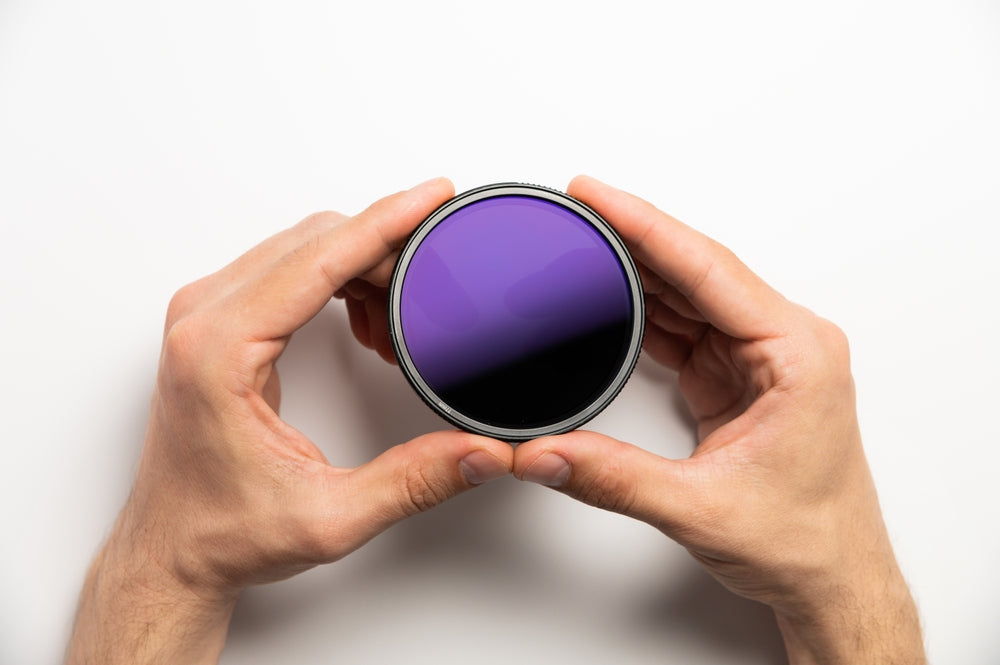
Parameters of Polarizers

The parameters of polarizers include common optical characteristics such as polarization degree (P), transmittance (T), and hue, as well as reliability, peel strength, and appearance indicators.
Polarization Degree
The polarization degree describes the purity of the polarized light obtained by the polarizer. It depends on the stretch ratio of the PVA layer—the higher the stretch ratio, the higher the polarization degree. Currently, the common polarization degree of polarizers is about 99%.
Transmittance
The transmittance of a polarizer is classified into single-body transmittance, parallel transmittance, and perpendicular transmittance based on different testing methods. Single-body transmittance refers to the transmittance of light through a single polarizer, with a theoretical value of 50%, but in practice, it is always less than 50%. With the increasing demand from LCD manufacturers for improved transmittance, the technology and processes of polarizer manufacturers have also been advancing. The current single-body transmittance of polarizers is around 45%. Parallel transmittance is the transmittance of light through two polarizers with parallel light axes, while perpendicular transmittance is the transmittance through two polarizers with perpendicular light axes. Parallel transmittance affects the maximum brightness of an LCD, perpendicular transmittance affects the dark-state brightness, and the ratio of parallel to perpendicular transmittance influences the contrast ratio of the LCD.
Due to real-world factors like the orientation of dichroic dye molecules, light passing through a polarizer cannot be completely transformed into linearly polarized light with an absolutely single vibration direction, resulting in some light "leaking" in other directions.
Reliability
The reliability of polarizers includes several technical indicators such as resistance to high temperatures, humidity, low temperatures, and thermal shock. The basic materials of polarizers, PVA film, and iodine or iodides are highly susceptible to hydrolysis. Additionally, the pressure-sensitive adhesive used in polarizers tends to deteriorate under high-temperature and high-humidity conditions. Thus, the most crucial reliability indicators for polarizers are their resistance to high temperatures and humidity.
Polarizers are categorized into iodine-based and dye-based types based on the dyeing method of PVA. Iodine-based polarizers, which have high transmittance, high polarization degree, and are cost-effective, dominate 80%-90% of the LCD market. However, they are relatively less resistant to high temperatures and humidity. In contrast, dye-based polarizers exhibit superior reliability but have lower transmittance and polarization degrees, making them suitable for special display devices like those used in cars and ships.
Polarizers are typically classified into three types based on their tolerance to temperature and humidity over 500 hours:
1. General Type: 40°C and 90% humidity.
2. Medium Durability Type: 60°C and 90% humidity.
3. High Durability Type: 70°C and 95% humidity.
Peel Strength
Peel strength of polarizers is divided into three categories: protective film peel strength, release film peel strength, and peel strength on the glass substrate. For LCD manufacturers, the peel performance of the polarizer on the glass substrate is critical. If the polarizer is difficult to peel off within a short time (4-6 hours) or leaves adhesive residue on the glass substrate, it complicates rework and repair, leading to the scrapping of the entire LCD screen. Conversely, if the peel strength is too low, it may cause issues like reduced durability and moisture resistance of the adhesive after the polarizer is applied to the glass substrate, as well as surface depressions on the release film, leading to display or reliability problems.
Appearance Indicators
Appearance indicators of polarizers usually refer to surface flatness, corner warp height, edge ripple height, and dust contamination parameters. These indicators affect the application process of polarizers. For instance, corner warp can impact alignment accuracy during application, and edge ripples can cause problems like bubbles during application.
